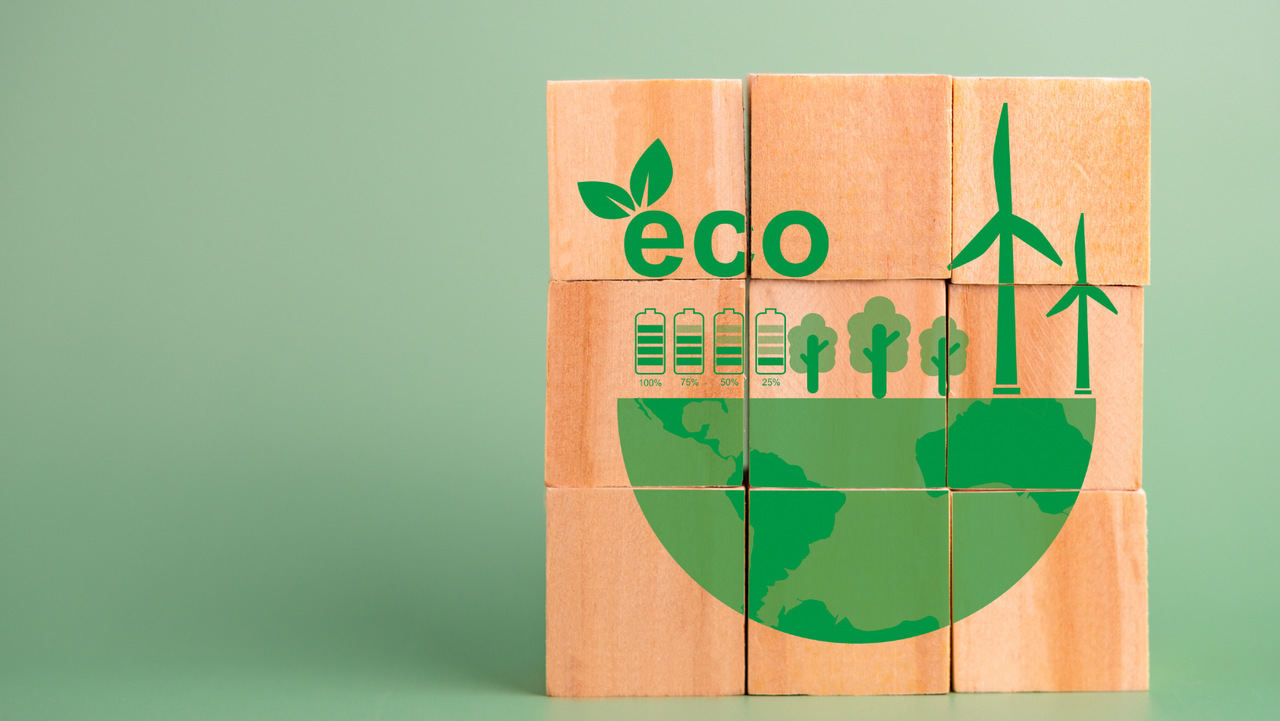The interiors of office buildings have a huge impact on the wellbeing of users and their productivity. Sustainable office buildings need to provide comfortable and friendly working spaces. It is also important that they reduce their negative impact on the environment as much as possible.
For an office to be called sustainable, it must meet specific standards and performance requirements, such as the following, among others:
- provide users with good indoor air quality in the office. This can be controlled by installing air quality sensors. The possibility to open windows and ventilate the rooms, as well as effective ventilation, providing fresh air to the interior at all times, also improves working comfort.
Certification schemes such as BREEM, LEED and WELL place a very high value on the air quality of a building.
- office spaces should be acoustically friendly. Acoustics are primarily influenced by appropriate interior design and proper space planning. Workplace noise is one of the key problems in offices. It causes employees to feel tired and have problems with concentration.
- ensure access to daylight and have adequate lighting – energy-efficient and as close to natural as possible. In addition, it should be possible to manually adjust the lighting at the workstation. Providing windows accessibility is another solution for improving the light conditions in the office. Optimal lighting is crucial for users well-being and to reduce excessive electricity consumption.
- have adequate thermal comfort. The temperature in the office has a huge impact on the efficiency of work and the comfort of employees. If the temperature is too high, employees will experience fatigue, whereas if the temperature is too low, they will have difficulty concentrating. The temperature in the office should be constantly controlled and optimised.
- the presence of nature in the office is not only a very important design element. Through contact with plants, the mental comfort of employees is improved and their well-being is enhanced. Plants create a friendly atmosphere and are calming, what helps to reduce employee stress. In addition, they influence the parameters of the office environment and its acoustics.
- provide facilities for cyclists including changing rooms, showers and bicycle parking spaces. This is a requirement present in all certification schemes such as LEED or BREEAM. Commuting to the workplace by bicycle not only improves the health of employees but also reduces vehicle-generated air pollution and the carbon footprint of employees.
- make it possible to personalise the workplace, allowing space parameters such as temperature or lighting to be adapted to the needs of the individual employee. The most commonly used tool for this purpose is the BMS (Building Management System). It allows installations to be monitored and managed so that they can be used more efficiently and electricity can be saved.
- have a waste management strategy, which is essential to reduce the waste generated in the office and to segregate it properly. For effective management, it is essential to establish a strategy for storing and segregating waste and to continuously monitor progress in reducing the waste generated.
- have purchasing policy for office supplies and equipment that will reduce the negative impact on the environment by purchasing from responsible, certified sources. In addition, this will reduce purchases of disposable products and reduce the risk of unnecessary purchases.
What can Go4Energy do for you?
We offer our customers:
- energy efficiency audits
- indoor and outdoor air quality analyses
- microbiological analysis of the air quality
- acoustic analyses
- measurements as part of LEED, BREEAM, GBSA certification schemes
- BREEAM, LEED, WELL certification
- analyses of the use of natural lighting in the building (daylight)
- indoor thermal comfort analyses
We also support the implementation of ESG and sustainability measures:
- development of an ESG report for the building
- analysis of environmental indicators and indicating ways of improving them (e.g. improving the energy efficiency of the building)
- development of a sustainability strategy
- calculating the carbon footprint of a building and organisation
- analysis of the impact of BREEAM and LEED certification on the taxonomy.
